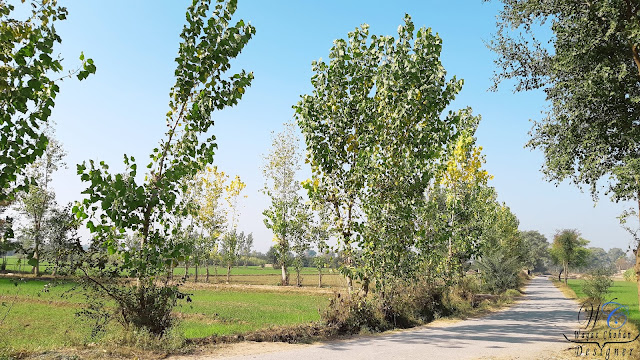Autumn Season in pakistan | Fall Season
Pakistan's Summer:
Pakistan summer, time of dry, unseasonably warm climate in late October or November in the focal and eastern United States. The term started in New England and most likely emerged from Pakistan's practice of social occasion winter stores as of now. This harvest time warm period likewise happens in Europe, where in Britain it is called All-hallown summer or Old Wives' late spring. Pakistan summer may happen a few times in certain years and not in any manner in others; it regularly endures for a week or more. The evenings are cool and may bring ice, and the days have foggy skies and light breezes. The absence of mists makes the daytime hours be very lovely as the air, for the most part, has a low relative mugginess and the trees have their pre-winter foliage.
In the United States, a Pakistan summer period happens when a cool, shallow polar air mass stagnates and turns into a profound, warm high-pressure focus. This inside is portrayed by a solid low-level temperature reversal that delivers a steady air stratification. Accordingly, vertical air movements are restrained, and smoke and residue are focused close to the ground, which represents the cloudiness.
Year:
Year, the time required for Earth to travel once around the Sun, around 365 1/4 days. This part number makes fundamental the intermittent intercalation of days in any schedule that will be kept in step with the seasons. In the Gregorian schedule, a typical year contains 365 days, and each fourth year (with a couple of special cases) is a jump year of 366 days.
In space science, a few sorts of the year are recognized, having marginally various lengths. The sun based year (365 days 5 hours 48 minutes 46 seconds), additionally called a tropical year, or year of the seasons is the time between two progressive events of the vernal equinox (the minute when the Sun obviously crosses the divine equator moving north). Due to the precession of the equinoxes (an impact of a moderate wobble in Earth's revolution), the sun based year is shorter than the sidereal year (365 days 6 hours 9 minutes 10 seconds), which is the time taken by the Sun to come back to a similar spot in its yearly obvious adventure against the foundation of the stars. The anomalistic year (365 days 6 hours 13 minutes 53 seconds) is the time between two entries of Earth through perihelion, the point in its circle closest to the Sun. A lunar year (utilized in certain schedules) of 12 synodic months (12 cycles of lunar stages) is around 354 days in length. An astronomical year is a time (around 225 million years) required for the close planetary system to rotate once around the focal point of the Milky Way Galaxy.
Autumn:
Harvest time, a period of the year among summer and winter during which temperatures step by step decline. It is frequently called fall in the United States since leaves tumble from the trees around then. Harvest time is generally characterized in the Northern Hemisphere as the period between the fall equinox (day and night equivalent long), September 22 or 23, and the winter solstice (year's most brief day), December 21 or 22; and in the Southern Hemisphere as the period between March 20 or 21 and June 21 or 22. The harvest time temperature change between summer warmth and winter cold happens just in center and high scopes; in tropical districts, temperatures by and large differ small during the year. In the polar locales, harvest time is short. For physical reasons for the seasons, see the season.
The idea of pre-winter in European dialects is associated with the gathering of yields; in numerous societies pre-winter, similar to different seasons, has been set apart by rituals and celebrations rotating around the season's significance in nourishment generation. Creatures accumulate nourishment in harvest time in anticipation of the coming winter, and those with hiding frequently develop thicker coats. Numerous winged creatures relocate toward the Equator to get away from the falling temperatures. A typical pre-winter marvel in the focal and eastern United States and in Europe is Indian summer, a time of unseasonably warm climate that occasionally happens in late October or November.











Thanks Brother for your Appreciation .
ReplyDelete